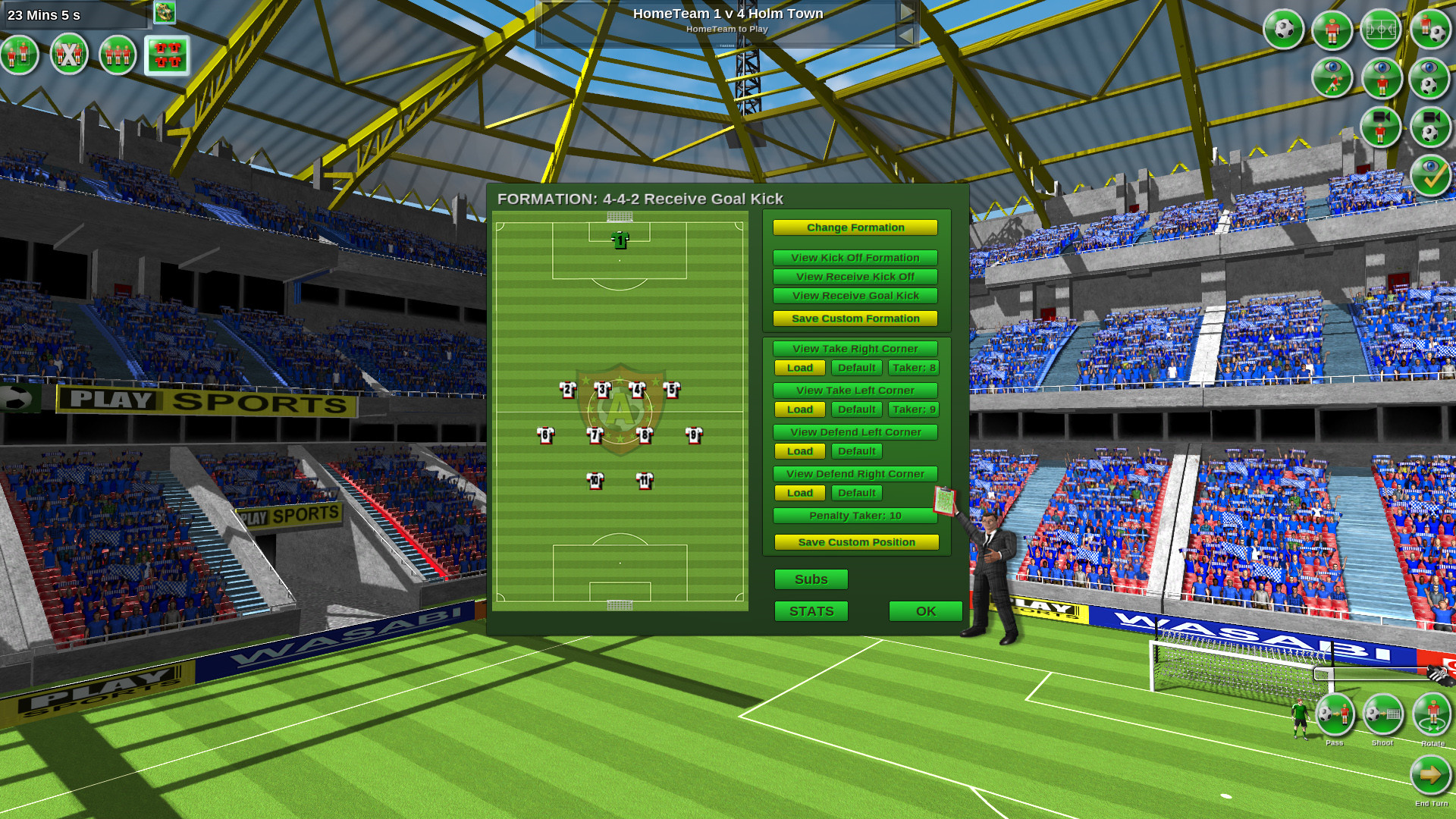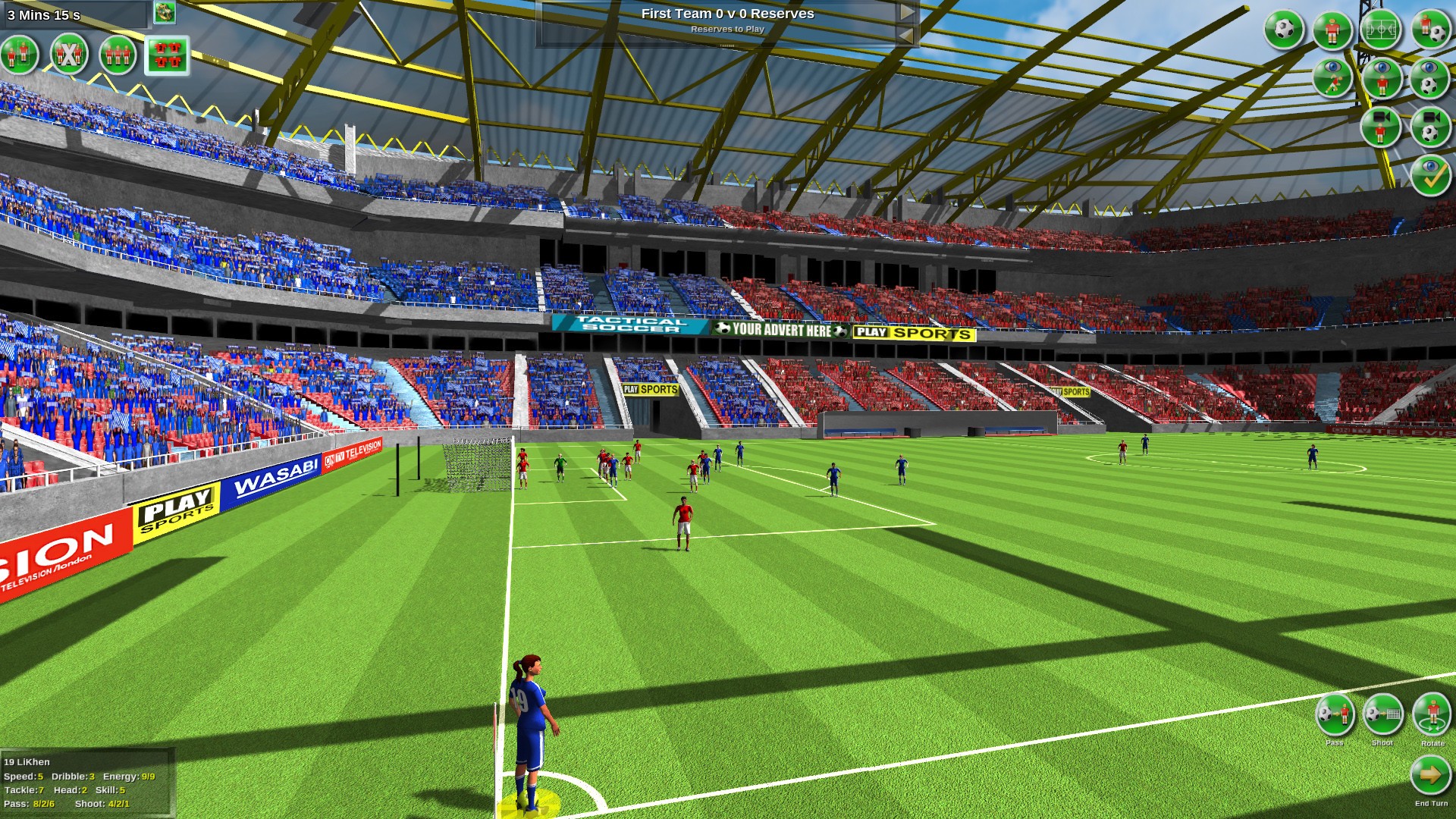

Griezmann has been off colour, but there’s no dynamism in this Atleti side right now they’re playing flatter, safer and less vertically than in a long time, and without Carrasco-the only one willing to break in between the lines and drag the team forward-they can’t make ground. Juanfran emerged as the only player who was able to work space to run into, pushing forward from right-back, but all of his crosses were well blocked by the excellent Jeffrey Bruma. Koke played a few nice passes at the Philips Stadion on Wednesday, but from an attacking perspective he was absent, as was Saul Niguez-a player who very much can shuttle forward and impact in the final third.

It’s been close to a month since he scored, and the other parts to his game-the dynamic running, the link play, the positional astuteness-have been found worryingly lacking, too.

When searching for answers as to why Los Colchoneros’ goals and attacking vigour have dried up, it’s easy to point the finger at Antoine Griezmann. For the visitors, though, this was another questionable attacking performance-the latest in a sequence of underwhelming showings. The reason for Atletico Madrid’s attacking strugglesĪtletico Madrid’s 0-0 draw with PSV Eindhoven on Wednesday was one for the purists across 90 yawn-inducing minutes, it cobbled together three real chances on goal and a lot of flat, unambitious possession.įor PSV, this is fine: They’re not expected to beat Atleti over two legs and, in light of the fact they saw Gaston Pereiro sent off in the second half, a clean-sheet draw is a damn good result. Make no mistake: Bayern are still heavy favourites to progress, but Guardiola’s unnecessary tactical tweak in the second half allowed Juve to draw level, and now, a slip-up on home turf would see them knocked out, unthinkably, at the round-of-16 stage. Sensing blood, Allegri made the astute move of sending Alvaro Morata on-a player whose biggest strength is channel-running-and his run and cross set up the second, which Stefano Sturaro converted. Mario Mandzukic began barrelling in his direction and, thanks to a misplaced Kimmich pass, set up Paulo Dybala’s strike to make it 2-1. The channels were suddenly wide open, with Kimmich (RCB) in particular exposed by a lack of protection ahead.

The higgledy-piggledy nature of the line wasn’t an issue-the original back four was comprised of a CB and an LB in the centre-but the spaces opened up due to the switch were. Muller was, nominally, the right midfielder/wing-back in his place. Arturo Vidal dropped in alongside David Alaba and Joshua Kimmich, while Philipp Lahm moved into holding midfield. But then Guardiola changed formation and exposed an area of the pitch not previously open to the hosts, paving the way for a dramatic comeback.īayern moved from a back four to a back three that included no centre-backs. Robben’s cut-in-and-shoot goal-where have we seen that before?-made it two, and it was a strike that, in real time, signalled the definitive end of Juve’s chances in the tie. It was an overtly defensive approach built to contain and scrape clear, but something had to change once Bayern took the lead. Juventus’ exceptionally deep, flattened 4-4-2 featured Juan Cuadrado and Paul Pogba playing virtually as second full-backs, tracking all the way back to help with the dynamism of Arjen Robben and Douglas Costa. They dominated play, racking up possession figures in the 77 percent region at times, and spurned two glorious chances before finally taking the lead via Thomas Muller. Bayern’s formation is always fluid, but they played out of a discernible 4-2-3-1 base to begin with in Turin.


 0 kommentar(er)
0 kommentar(er)
